18 Dec Expat Nomads Explore the Algarve Coast by Land
On this tour we went many of the same places we saw on the catamaran trip with caves and the cliffs. What a difference it makes seeing the sites from the opposite perspective. First stop, the Porch Pottery which actually gets their fired pottery from Lisbon and then paints the pottery to make beautiful work. The work can be functional, such as bowls, with the lovely blue colors common to Portugal and the Netherlands. It can also be beautiful hand-painted art made from tiles.
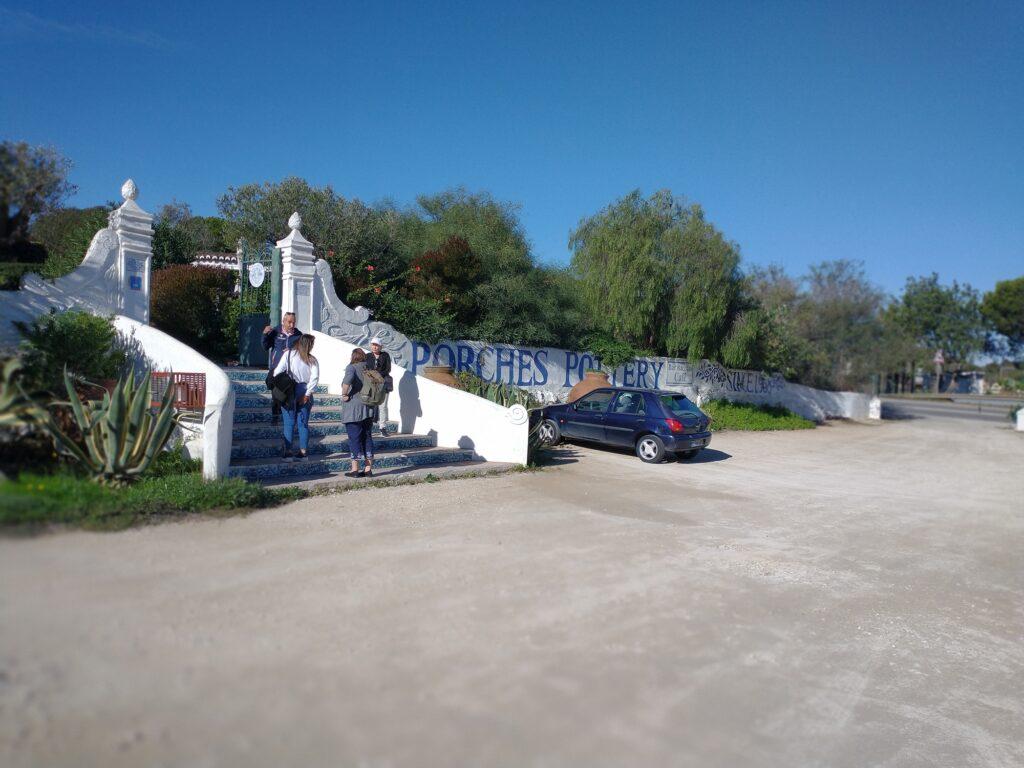
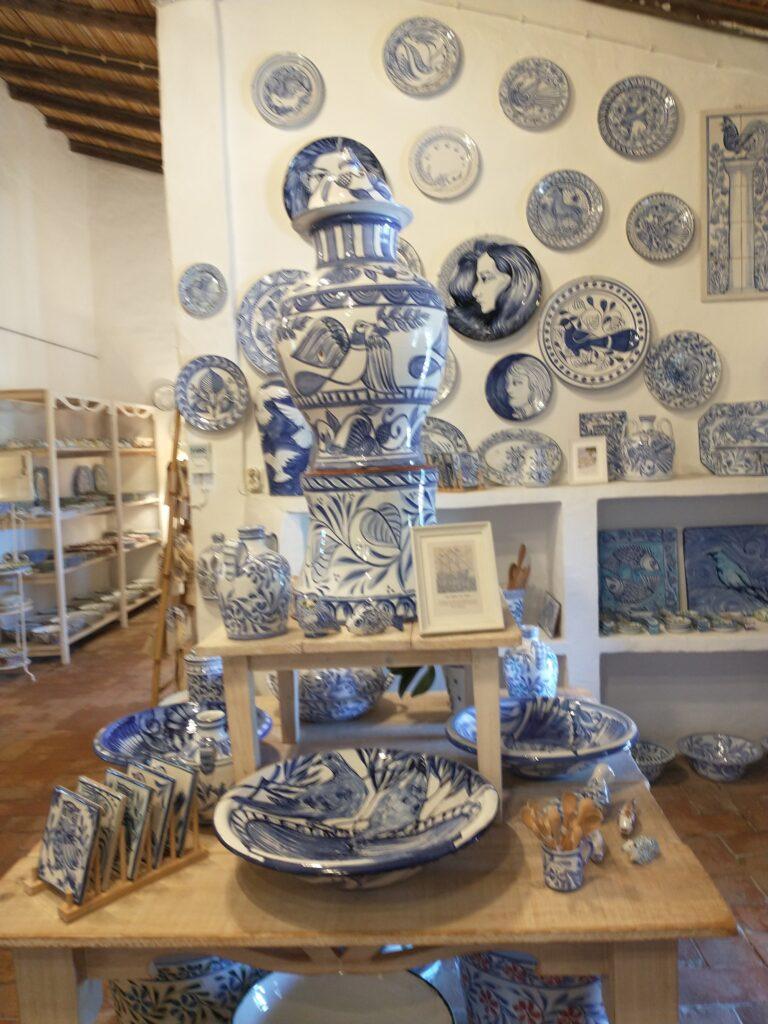
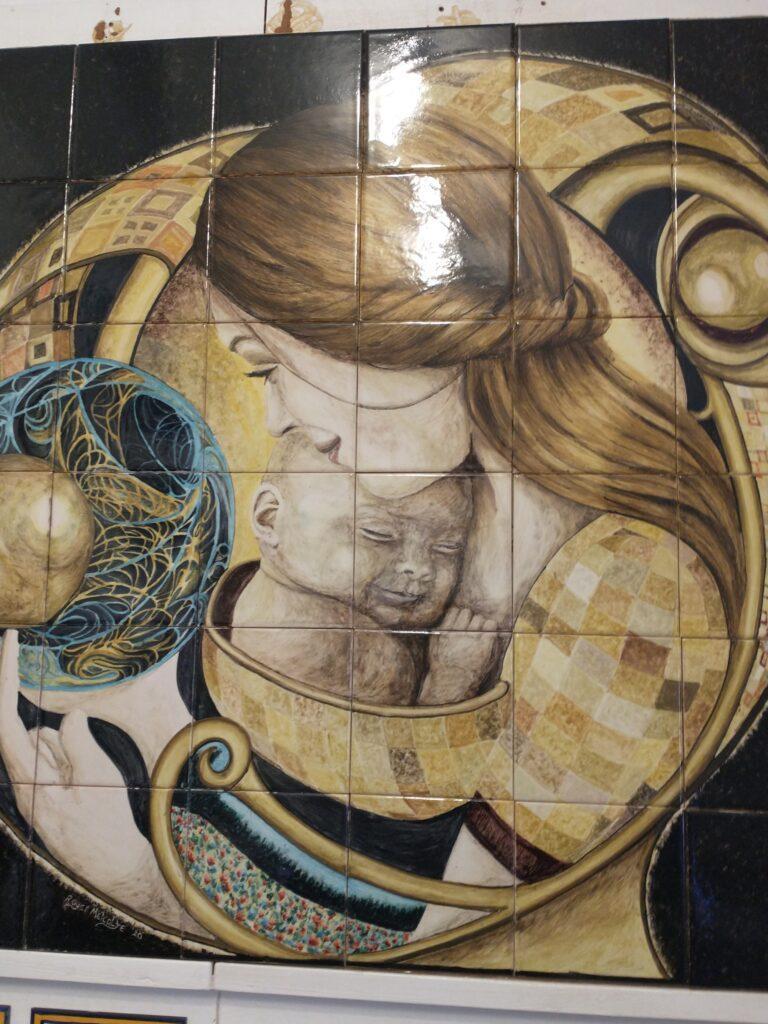
Next stop was a view above of Marinha Beach, voted the most beautiful beach in Europe the last three years straight. You reach the actual beach by kayak or small boat, but that is a different trip than the one we were on. The final stop before lunch at a fishing village was Algar Seca, the only dry sea cave in Europe. Algar is a moor word meaning cave and the region of Algarve is derived from this word. The sea cave was in a formation known as the Boneca which means doll. If you use your imagination and allow for erosion you can imagine a conehead doll when you see the rock structure. Inside the cave you could look through two viewing holes and see the boats from the cave tours pointing out the same site from the sea.
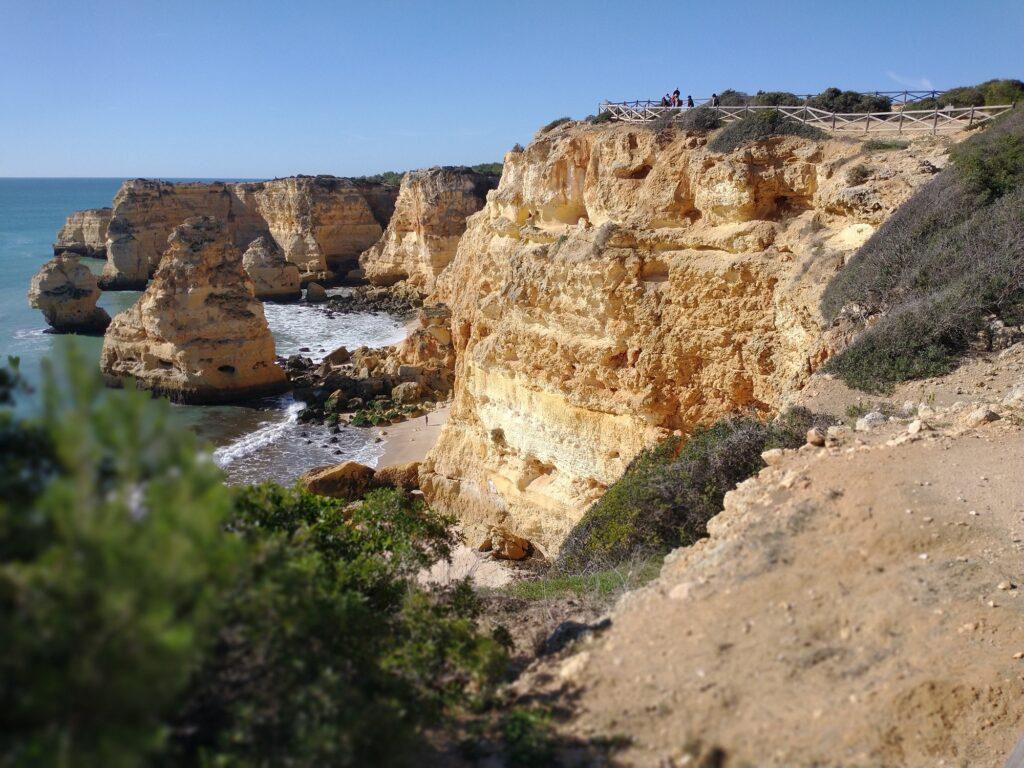

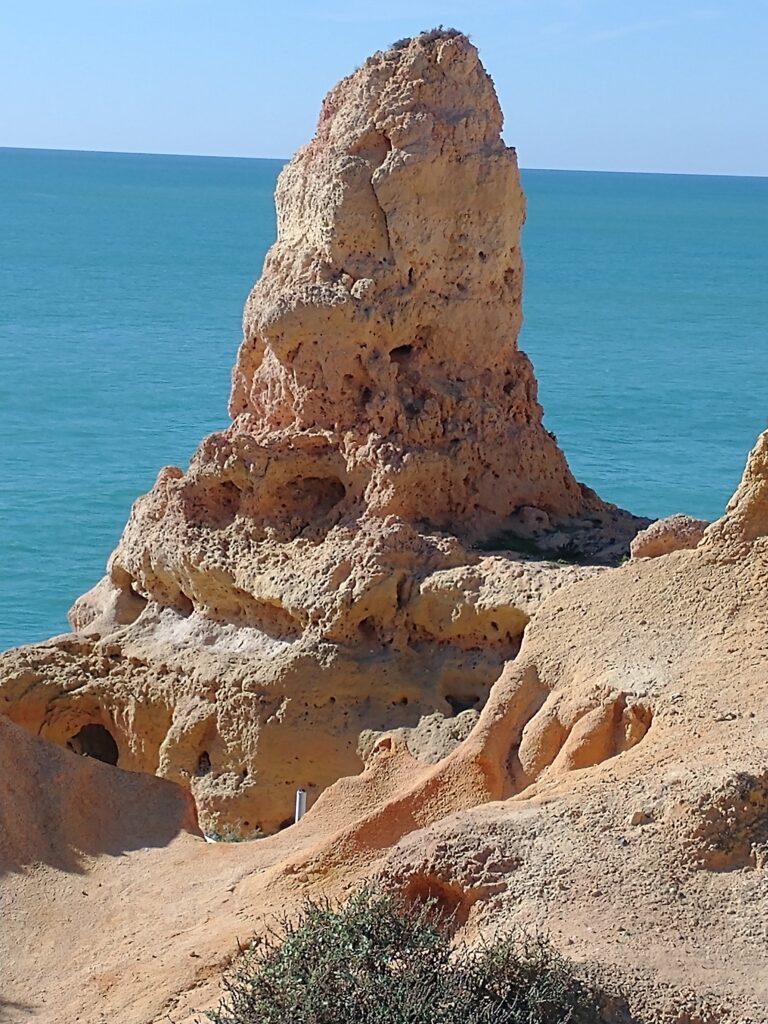

After lunch we visited a local small production winery for a tour of the vineyards, the equipment, and a wine tasting. Many of the us took advantage and purchased bottles of wine before leaving. Our final stop was at a scenic overview on the other side of the river from Portimao. The weather was clear and we could see the next three towns. Besides Portimao, Alvor, Lagos, and Cape Saint Vincent were clearly visible. Cape Saint Vincent is the furthest SouthEast point in Europe and until the sailing of Christopher Columbus was also known as the End of the World.
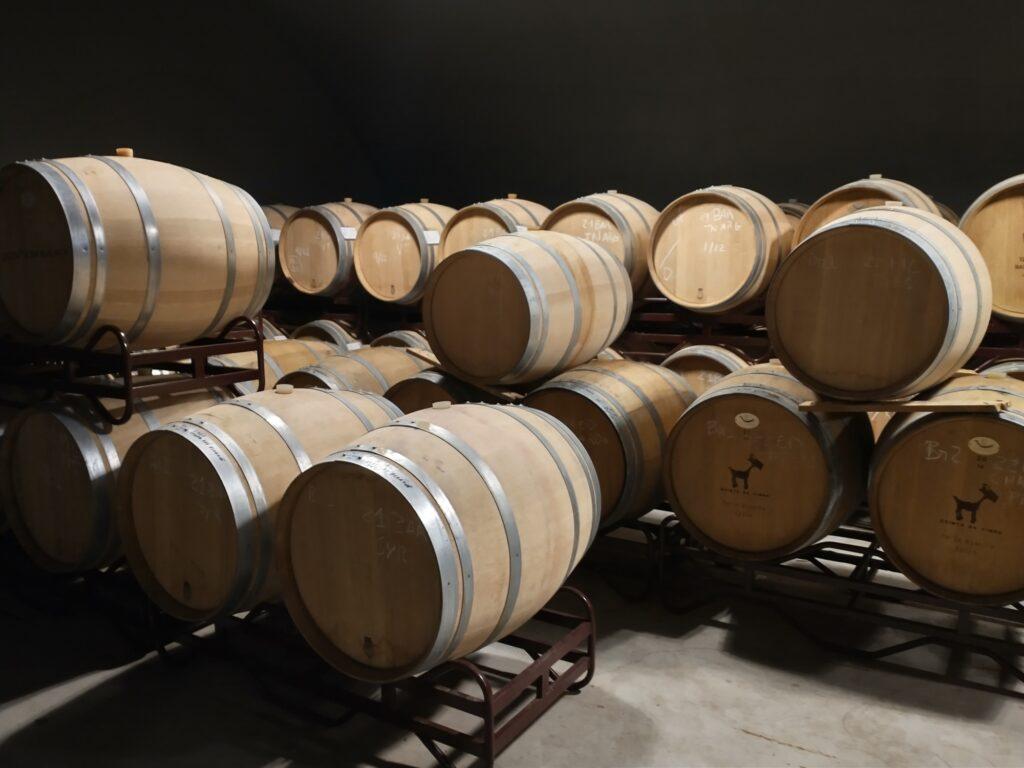
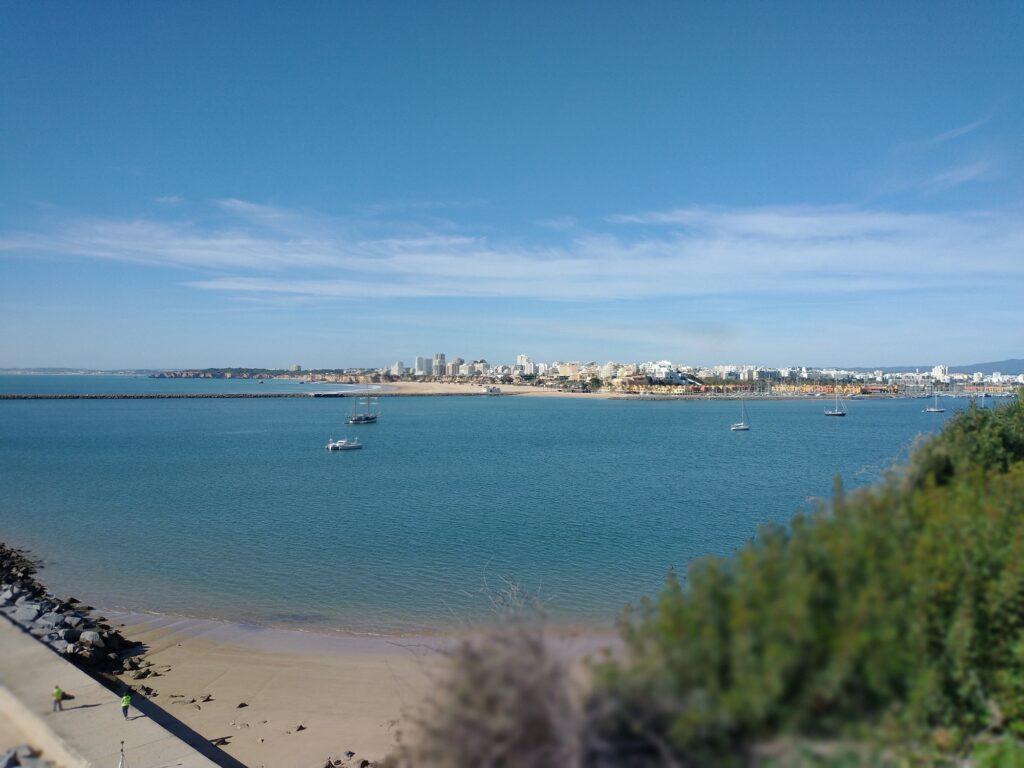
Portugal is the largest producer of cork in the world. We drove by a harvested cork tree, but with insufficient time to get a photo. Our driver, who owned over a 100 cork trees explained the process. After planting the first harvest of cork occurs 9 years later, but the cork is too porous to be useful. Harvesting is done by specialist (mostly senior citizens) and is costly. The second harvest is 25 years later and is used to make cork products. Our driver had a sad story as two years before harvesting his trees were damaged by smoke from a ground fire. His only option was to hire the experts to remove the damaged cork and start the 25-year clock again.

No Comments